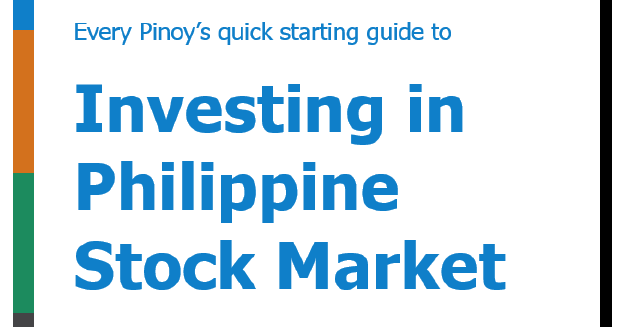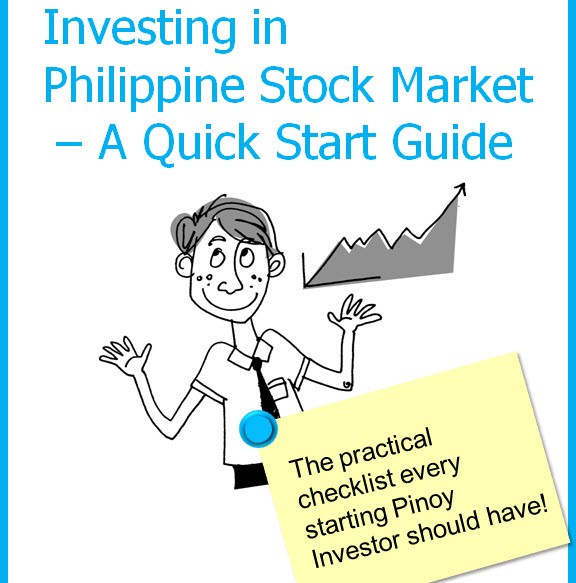A Beginners Guide to Investing in the Stock Market
Post on: 6 Апрель, 2015 No Comment

Neither one of my parents know how to invest in the stock market, and it wasnt a part of my formal education. I had to learn everything on my own. so I know how intimidating it is for people who are new to investing. Where do I start? What do I invest in? How am I doing? There are just so many questions.
In this article, I am going to try to make it as easy as possible for someone brand new to investing to get started.
Getting Started
1. Invest Money That You Can Afford To Lose
Investing is unlike putting money into a high yield savings account or a certificate of deposit. there are many risks involved. So you need money that you can afford to lose. This means if you owe any money i.e. credit card debt, student loan, car loan, etc. you need to pay these off first. The only exception to this rule is your mortgage.
2. Brokerage Account
Next you need to find a place where you can trade your money for investment securities. You can invest through three main types of financial institutions:
Out of the three, I recommend using a discount brokerage firm. Banks and full service firms generally charge too much and push products that are not always the best for you (because they are motivated by commissions and fees).
I am currently using TD Ameritrade and TradeKing ($4.95 per trade heres an excellent TradeKing Discount Broker Review ). But you could use any other discount brokerage firms, such as Scottrade and Charles Schwab (Ive used them in the past).
3. Taxable Account versus Tax-Advantaged Account
You will also have to decide if you want to start a normal taxable account or a tax-advantaged account.
- Taxable Account You can liquidate your investment and get your money back at any time, but you have to pay taxes on capital gains yearly.
- Tax-Advantaged Account Investment accounts like 401k, Traditional IRA, and Roth IRA where you cant touch your money until you reach a certain age. The advantages of 401k and Traditional IRA include tax deduction on the amount you contributed and your investment grows tax free until you start to withdraw the money. For Roth IRA, there is no tax deduction, but your investment grows tax free and the withdrawal is also tax free. On the other hand, there are limits to how much you can contribute each year to your tax-advantaged accounts and there is also a 10% early withdrawal penalty if you withdraw money before the full retirement age .
Which one you choose will depend largely on your personal situation.
4. Invest
I have over 10 years of experience and I have made my fair share of mistakes. so believe me when I say dont start with individual stocks. As a first time investor, I would recommend that you start with exchange-traded funds (ETFs), or mutual funds, instead. Let me briefly explains how each works:
- Stocks Each share represents a part ownership in a company. For example, if you buy 100 shares of AAPL. youll own a tiny part of Apple Inc. When you purchase shares, you have to pay the brokerage firm trade commissions (somewhere around $3 to $30 for discount brokerage firms). Usually, youll have to pay more if you purchase through a bank or a full-service brokerage firm.
- Mutual Funds Each mutual fund is a collection of many stocks. Throughout the year, the fund manager can buy and sell stocks inside the fund on your behalf. In essence, you buy the underlying stocks and pay for the fund managers services. When you buy shares of a mutual fund, you could potentially pay up to 4 kinds of fee: (1) Trade commission, (2) Front-end load, (3) Back-end load (or redemption fee), and (4) Expense ratio. The funds that you should stick to are low expense ratio, no load, and no transaction fee mutual funds meaning you are not paying anything but the expense ratio.
- ETFs I believe this is by far the best investment vehicle. Similar to mutual funds, an ETF is a collection of many stocks; however, the stocks are more defined and they are rarely traded. Likewise, there is an expense ratio, but its generally lower than a similar mutual fund. But like stocks, you have to pay trade commission each time you buy and sell shares.

Investing Strategy for Beginners
The strategy that I believe is best for new investors is to build a globally diversified portfolio of low expense passively managed mutual funds and ETFs. For example, if you have $6,000, you could potentially split it up in $2,000 chunks and buy 3 funds/ETFs: Large US Stocks, Small US Stocks, and International Stocks. Or you can make it even simpler by investing the entire amount in a Vanguard Target Retirement Fund .
The subject of asset allocation i.e. how you should divide your money across multiple types of investment is fairly complex, and I will not be explaining it here. If you are interested, you can take a look at my Guide to Asset Allocation to get a better idea.
How to find the right ETFs and Mutual Funds?
There are several ways to do this. Brokerage firms like Charles Schwab and TD Ameritrade offer online tools where you can do your research. For example, you can use their online tools to find low cost, Large US Stocks ETFs, but it takes a bit of time to learn the web interface. The good news is that you can visit one of their branches and ask for help, or you can just ask one of the representatives to help you make the purchases. Remember, you are not looking for mutual funds and ETFs with the best performance (this is called chasing past performance ), you are looking for mutual funds and ETFs that:
- Have low expense ratio
- Represent an asset class well i.e. small-cap, large-cap, international, etc.
How to buy ETFs (and Mutual Funds)?
Once you identify which ETFs (or mutual funds) you will be buying, you will need their ticker symbols. For example:
- IVV is the ticker symbol for iShares S&P 500 Index, a Large US Stocks ETF
- VB is the ticker symbol for Vanguard Small Cap ETF, a Small US Stocks ETF
- VEU is the ticker symbol for Vanguard FTSE All-World ex-US ETF, an International Stocks ETF
At this point, you can enter a buy order through the online system, or ask the representative, to buy X shares of IVV, Y shares of VB, and Z shares of VEU. If you want to invest $2,000 in each, you just divide $2,000 by the latest ask price to get the number of shares.
Whats next?
Read as many books and web sites that you can to learn about investing for beginners. My caution is to avoid hot tips and hot stock picks. What you want to learn is how the market works, effects of taxes and expenses on investment performance, asset allocation, risk management, investing for specific goals, etc.
If you have any question, please feel free to leave a comment and I will do the best I can to answer them. Please note that its also worthwhile to pay a fee-only financial advisor to help you through your first investing experience.
Reviewed and updated April 12, 2011.














